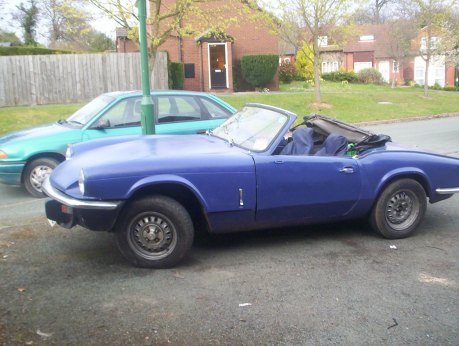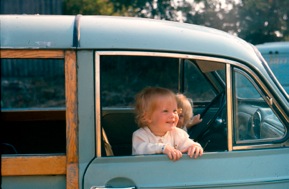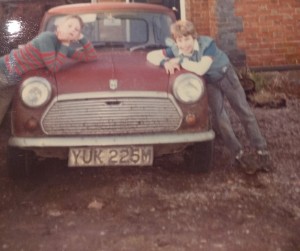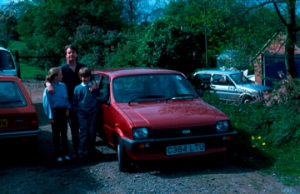Air-cooled VW culture is universal appealing. Over the years VW Campervans have come to symbolise freedom, peace, surfing, hippies and good times. Camper T shirts are warn by people of all ages and economic status. Millions of bags, mugs and posters with VW campers on are sold every year. All this from a commercial vehicle that was born out of the rubble of Nazi Germany, and was based on a car commissioned my Hitler! This has got to be the best re branding exercise ever.
As vans started to get older and more affordable it became a cultural statement for the baby boomer generation to paint their vans in vivid colours. People adorned their vans in flowers and ban the bomb symbols as an act of rebellion. A very powerful way of informing the establishment that ‘the times were a’changin’. All types of vehicles we used, but early VW’s were relatively reliable and lasted the longest. Therefore people have become to associate them with the whole movement.
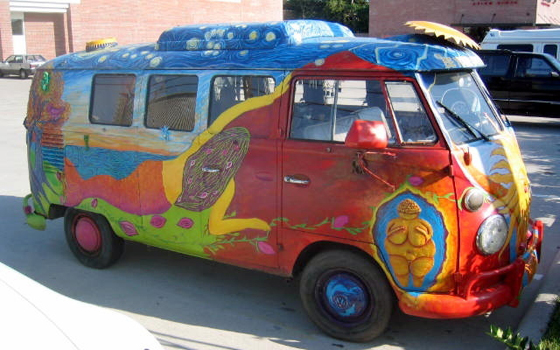 A 60’s van
A 60’s van
I’m one of millions of people that have been drawn into T2 (VW van) ownership. My Stepbrother owned several campers before I got mine. He had tales of being helped out by friendly villagers whist stranded in Mexico, exploring Sweden and driving to Spain in campers. All of this sounded really exciting and I was soon sucked into the world of the VW Camper.
The cheapest and most practical way to get a VW campervan was, and still is to buy a T25. (Known as a Vanagon or T3 in other parts of the world) In my opinion these vans are not the most stylish, but they are practical with a good range of engines. The only van I could afford was a 2,0 air-cooled panel van. This cost me £450, but I did have to do a lot of engine work.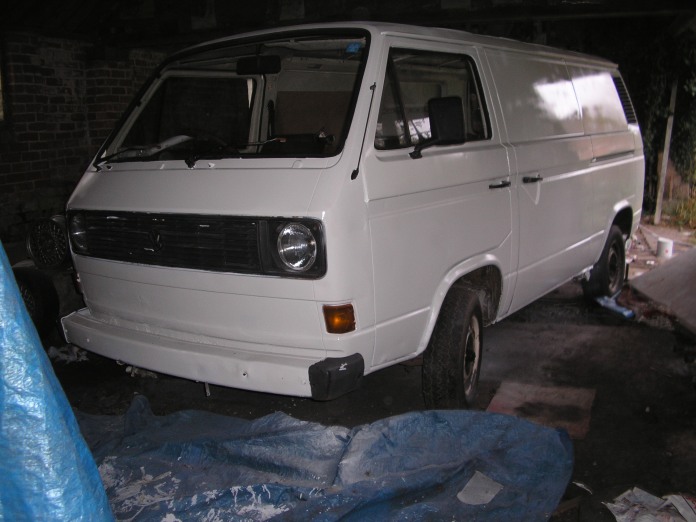
The van was peppered in rust so I gave it a quick coat of white paint.
The novelty of having a plain white van soon wore off and I started to think about changing the colour. It doesn’t show in the picture above, but I hadn’t managed to achieve the best quality paint job. This left me with a blank canvas and very little funds.
I started to think about the iconic ‘Flower power’ vans of the 60’s and 70’s. My friends and I had a website called Nightmonkey, so that seamed like a good word to paint on the van! As the van was built in Wolfsburg, it seemed fun to write this in German. We therefore sprayed ‘Nacht der Affe’ down the side of the van. At the time these vans were only just accepted into the air-cooled VW world and were still widely commercially used, so it didn’t seem too much of a sacrilege to have a bit of fun with the paintwork.
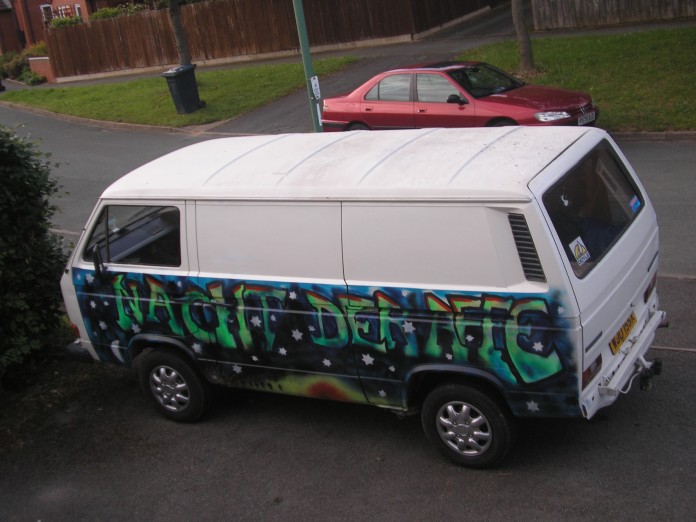
This was a laugh, but it wasn’t in the best taste so I toned it down (a bit!)

By this time the van had adopted the name Veggie. Friends still ask after Veggie as if the van was also an old friend.
After a few years of ownership I was on a roll of bad taste spray jobs and I had my favourite band’s (The Levellers) logo sprayed on the van. This looked great for a while, but then started to peel.
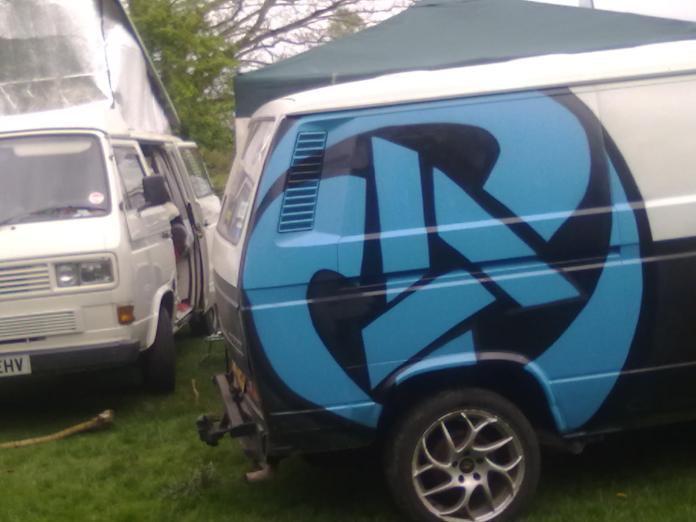
All of these incarnations cost very little.
After a couple of years of messing around with the van, I finally paid for a better spray job that was more befitting of an ageing vw.
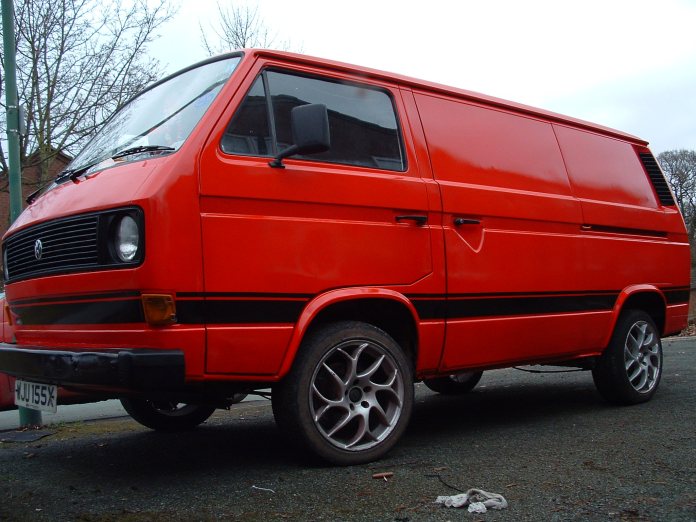
I loved the final red spray job. The van stood out, but now for the right reasons!
I sold Veggie for £1700 in 2012 to fund my bay window camper project which was always my goal. I saw ‘him’ a few years later on eBay with a nice camper interior fitted for £4500. I sometimes wish i’d kept the van. But in order to explore other vehicles, sometimes you have to let a few go.

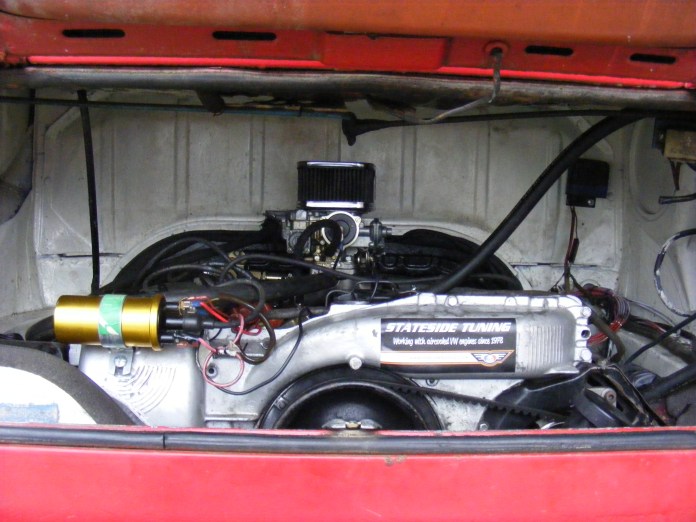
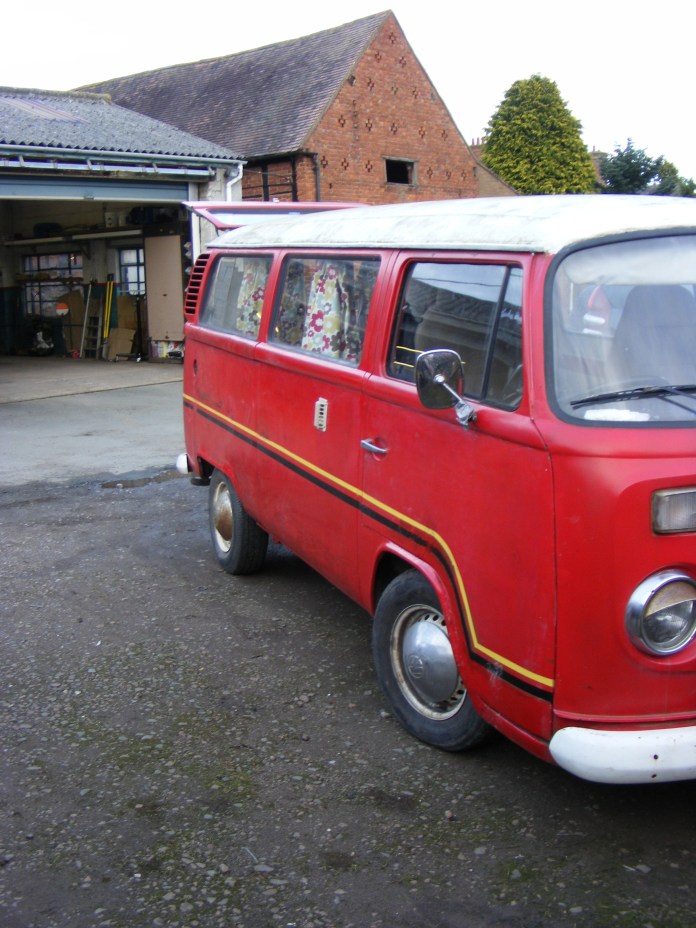


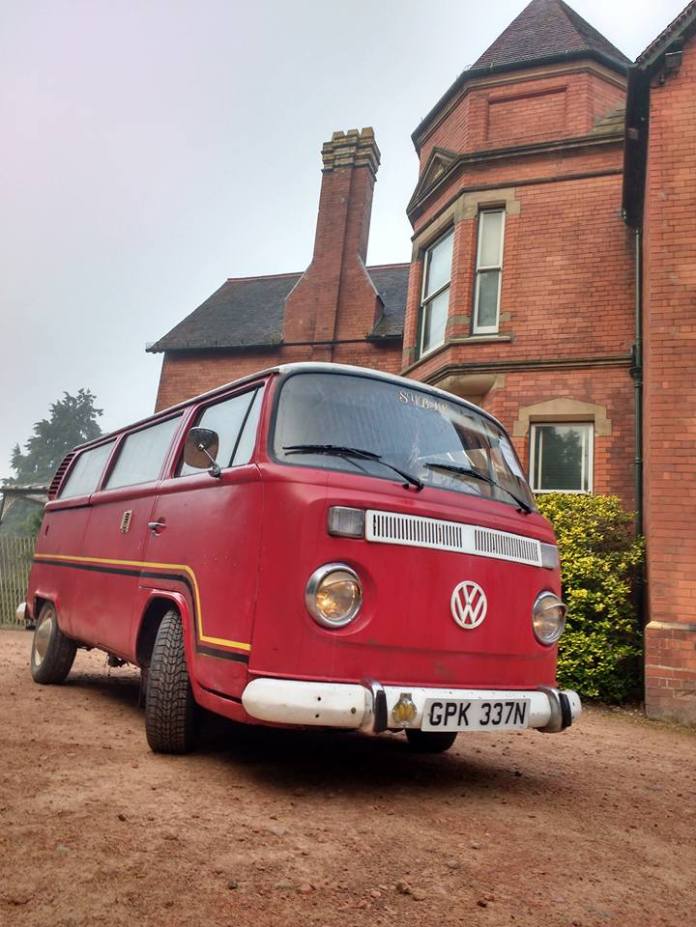








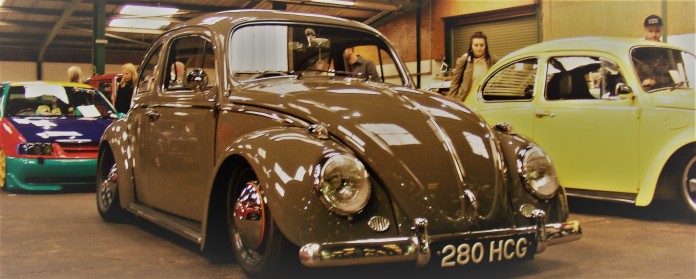

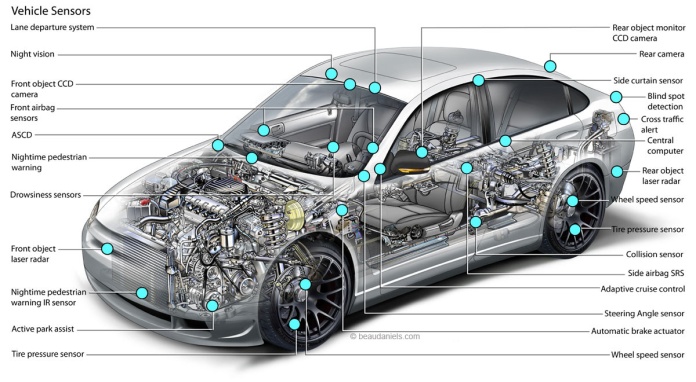
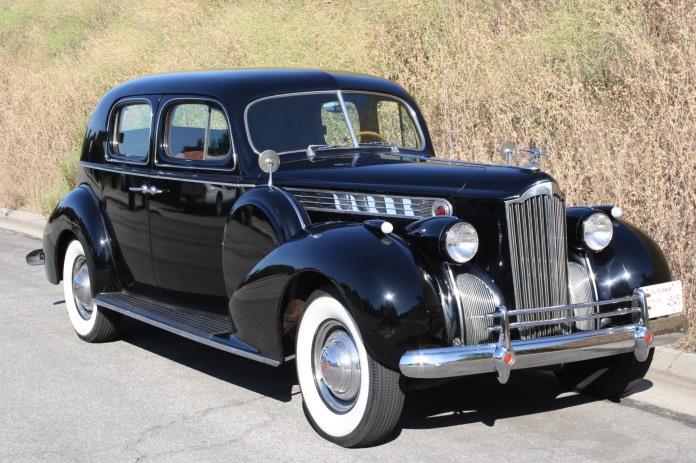 Packard 180
Packard 180
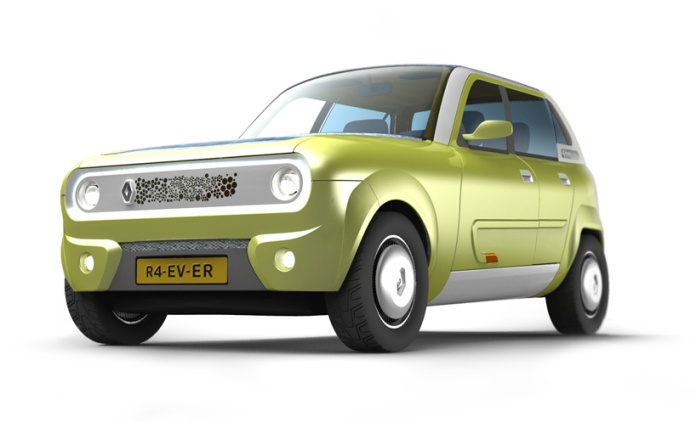

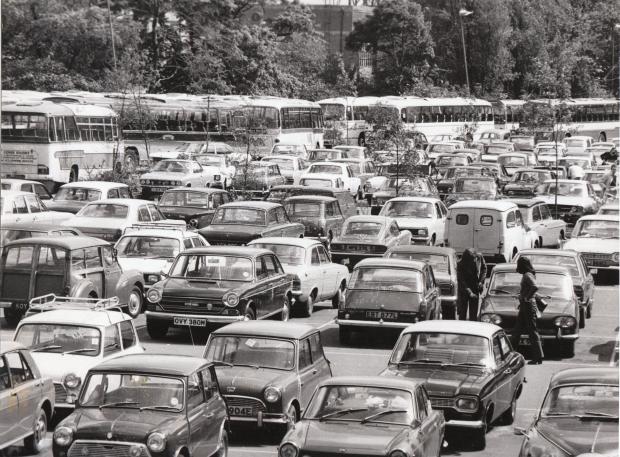
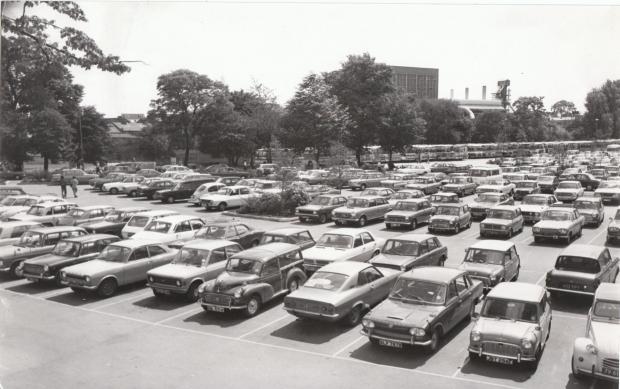
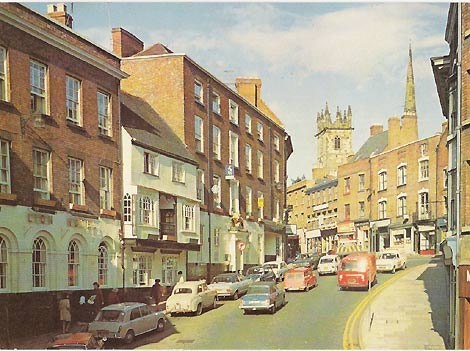
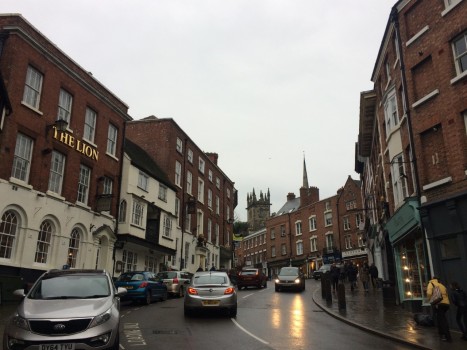
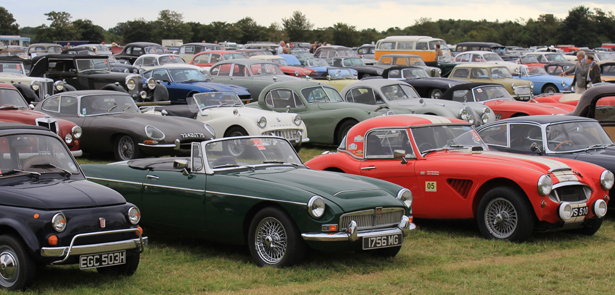
 A 60’s van
A 60’s van




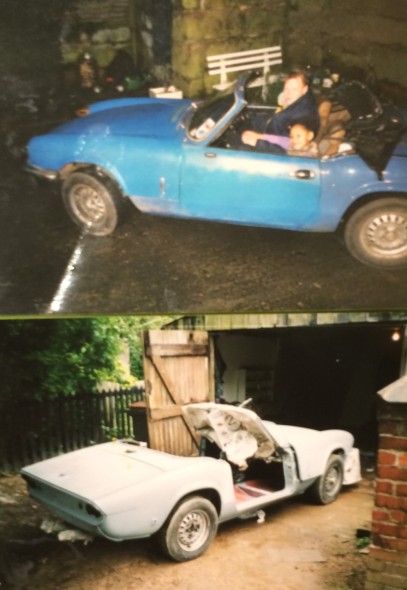 The car, Matt and Yarna on the first night and the car in primer after months of welding.
The car, Matt and Yarna on the first night and the car in primer after months of welding.